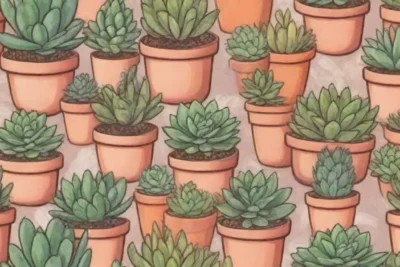
Selecting Succulent Friends: Companion Plants to Consider
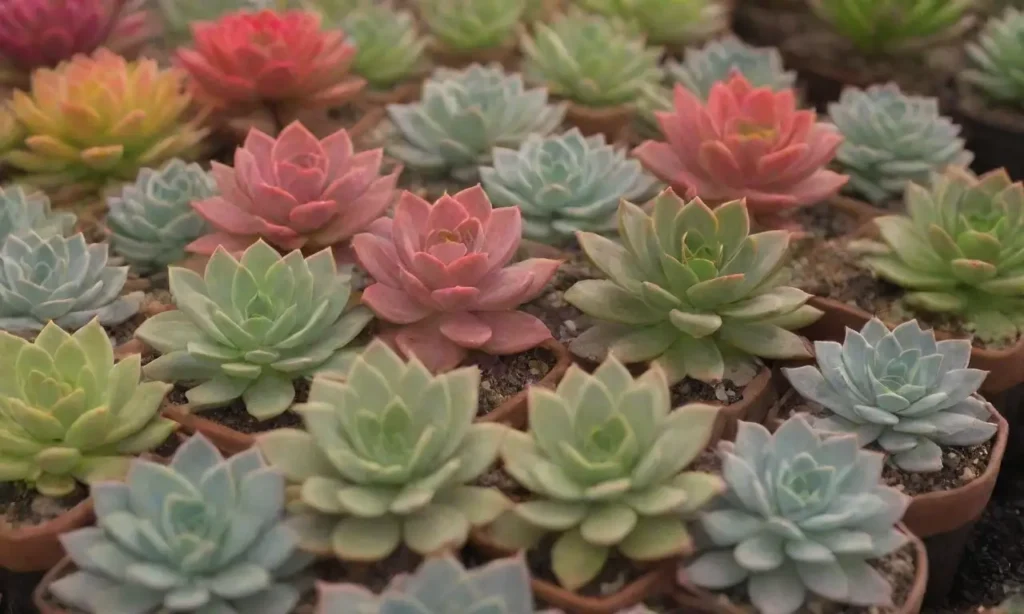
Introduction
In the realm of gardening, succulents have carved a niche for themselves with their stunning array of shapes, colors, and textures. These unique members of the plant kingdom are known for their ability to store water in their leaves, stems, and roots, allowing them to thrive in arid conditions. For many plant enthusiasts, succulents are more than just a pass-time; they symbolize resilience, beauty, and the joy of nurturing living organisms. However, as rewarding as caring for succulents can be, understanding how to select the right companion plants to enhance their growth and aesthetic appeal is equally crucial.
This comprehensive guide aims to delve into the selection of ideal companion plants for your succulents. Not only will we explore the benefits of pairing succulents with other plants, but we’ll also highlight specific plants that work harmoniously with succulents, ensuring a vibrant and thriving environment. Whether you're an experienced gardener or a curious novice, you’ll find valuable insights that can bring your succulent display to the next level.
Understanding Companion Planting
Companion planting is an age-old practice that involves strategically placing different plants in proximity for mutual benefits. While many gardeners may assume this concept is only beneficial for herbs and vegetables, it extends well to ornamental plants like succulents. One of the primary reasons for pairing succulents with companion plants is to promote ecological balance in your garden.
By selecting the right companions, gardeners can improve soil health, boost nutrient availability, and even deter pests naturally. For example, some plants have the ability to attract beneficial insects, such as pollinators, while others can help suppress weeds that might otherwise compete for nutrients and water. In the case of succulents, choosing companions correctly can enhance their growth and overall appearance. The right partner can highlight the striking features of succulents, creating visual interest in your garden landscape.
Additionally, pairing succulents with companion plants can provide an added layer of protection against extreme weather conditions. For instance, certain plants can offer shade, thereby preventing succulents from scorching during intense heat, or they might provide windbreaks that can shield succulents from damaging gusts. Therefore, understanding the characteristics and needs of both your succulents and potential companions is crucial to creating a thriving garden.
Characteristics of Ideal Companion Plants for Succulents
Choosing companion plants requires an understanding of specific characteristics that make them suitable for a community of succulents. One significant factor to consider is water requirement. Succulents are generally drought-tolerant and prefer well-draining soil; therefore, they shouldn't be planted with species that require consistently moist conditions. Plants that thrive under similar conditions are ideal companions, such as those from arid and semi-arid climates.
Furthermore, consider the growth habit of potential companions. Succulents are often compact, slow-growing plants, so it’s beneficial to choose companions that won’t overshadow or compete aggressively for space. Plants that have a low growth habit or remain relatively small are favorable choices that allow succulents to take center stage. Also, think about the seasonal growth patterns of companion plants. Aligning planting schedules may ensure that you won't be left with bare patches in the garden, enhancing both aesthetics and practicality.
 Watering Succulents: The Dos and Don'ts for Healthy Plants
Watering Succulents: The Dos and Don'ts for Healthy PlantsAnother critical aspect of selecting companion plants is their disease resistance. Succulents can be susceptible to certain pests and diseases, particularly if they are grown in crowded or humid conditions. Selecting companion plants that are either resistant to common pests or act as natural deterrents can help maintain plant health. Plants that produce oils or chemicals that repel pests can help create a healthier ecosystem in your garden.
Best Companion Plants for Succulents
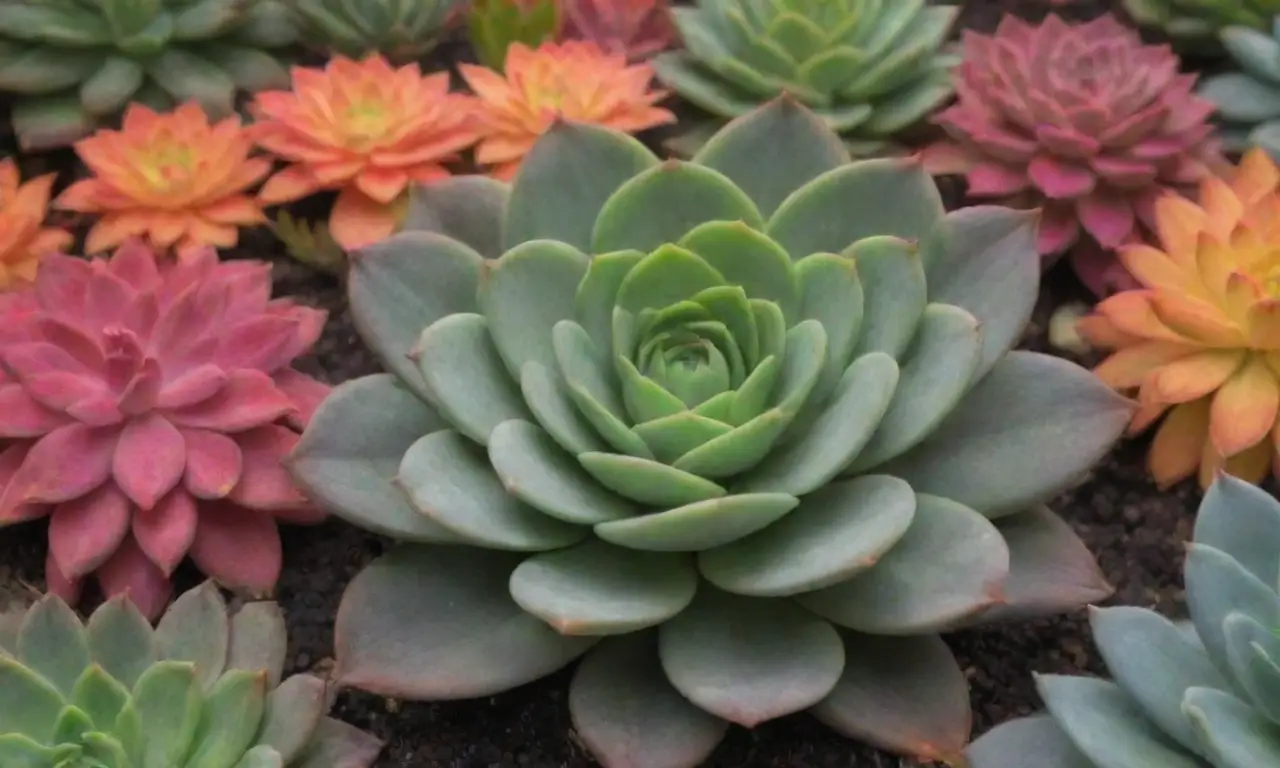
Having explored the principles behind companion planting, it’s time to delve into specific plants that can bolster the beauty and health of your succulent collection. Here are some top choices you should consider:
1. Sedum
Sedum, or stonecrop, is an excellent companion for many succulents due to its hardiness and resilience. These plants are drought-resistant and thrive in similar conditions, making them ideal partners. Sedums come in a variety of shapes and colors — from the vibrant green of Sedum acre to the purplish-red hues of Sedum ajax — which means they can complement any succulent species beautifully. Moreover, their spreading nature can help cover bare soil, thus minimizing weed competition while simultaneously maintaining good airflow around succulent plants.
Sedums also attract beneficial pollinators such as bees, which helps improve the overall ecological health of your garden. By having sedums planted nearby, you could see an increase in the population of these helpful insects, ensuring successful pollination for a broader assortment of flowering plants in your garden. Furthermore, their tolerance for poor soil conditions makes them exceptionally low maintenance, a quality that succulent enthusiasts will surely appreciate.
2. Agave
Agave plants are robust, drought-resistant succulents that can serve as marvelous companions to other succulent species. With their striking architectural forms and various textures, agaves can provide a dramatic contrast to softer, rounder succulent leaves. They prefer well-drained soil and thrive in bright sunlight, just like many other succulents, which facilitates harmonious growth conditions.
In addition to their aesthetic value, agaves can also act as natural pest deterrents. Their spiky leaves can protect your more delicate succulents from herbivorous pests. By planting agave nearby, gardeners not only add a visually intriguing element to their succulent display but also harness practicality through pest management. Moreover, agaves are relatively low-maintenance, requiring little care once established, which aligns well with the needs of traditional succulent gardens.
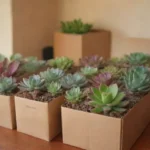 Tips for Succulent Care During Home Moves and Transitions
Tips for Succulent Care During Home Moves and Transitions3. Echeveria
Echeveria is another popular succulent group that thrives in sunny conditions and well-drained soil. These rosette-forming succulents come in a myriad of colors and sizes, making them excellent companions for other succulents. Echeverias also share similar watering requirements, allowing gardeners to maintain a consistent schedule without worrying about over or under-watering their plants.
Moreover, Echeveria varieties often bloom beautiful flowers, attracting pollinators that can enhance the biodiversity of your garden. Pairing Echeveria with other succulents helps create vibrant aesthetics, especially if you mix varieties that contrast in color. Furthermore, the diversity among Echeveria species allows for unique arrangements and designs within your succulent displays. Their visual appeal and low maintenance make them a must-have for any succulent lover.
Other Factors to Consider in Succulent Pairing
While selecting companion plants is vital, it’s also important to consider the overall arrangement and environmental factors that will influence growth. For instance, the layout of your garden space should allow for good air circulation to prevent fungal growth and rot, which succulents are particularly susceptible to in humid conditions. Keeping your garden tidy and removing any dead leaves or debris can greatly enhance plant health.
Lighting is another critical aspect to consider. Different succulents may have specific light requirements, so ensure that companion plants are also suited to similar light conditions. For example, some succulents prefer direct sunlight, while others might thrive in partial shade. Overexposure or insufficient light can compromise the health of your plants, so be diligent in planning the layout of your gardening space to meet these needs.
Lastly, the soil composition matters enormously in cactus and succulent care. Using well-draining soil is essential; a mixture of potting soil, perlite, and sand can ensure adequate drainage while providing the necessary nutrients for all plants involved. Understanding the soil specifications of both succulents and their companions will ultimately lead to vigorous growth and flourishing garden aesthetics.
Conclusion
Selecting companion plants for your succulents is more than merely decorating your garden space; it’s about creating a balanced ecosystem that fosters growth, health, and beauty. When chosen wisely, companion plants can enhance the structural integrity of your succulent arrangements, deter pests, and improve soil health. The myriad options available, from elegant Echeveria to robust Agave and colorful Sedum, can all contribute positively to your gardening landscape.
By understanding the specific needs of succulents and suitable companion plants, including water requirements, growth habits, and pest resistance, you can create an inviting environment that not only pleases the eyes but also provides a hospitable home for each plant involved. Moreover, keeping an eye on seasonal changes, soil composition, and light availability is integral to maintaining a successful and vibrant garden.
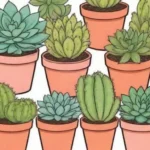 Crafting a Succulent Garden: Design, Care, and Maintenance
Crafting a Succulent Garden: Design, Care, and MaintenanceIn summary, embracing the art of companion planting offers gardeners an opportunity to cultivate a thriving and visually stunning succulent garden that reflects personal style and creativity. With thoughtful planning and the right companion plant selections, you can achieve an environment resilient enough to thrive and flourish through varying conditions, thereby enhancing your gardening experience. Happy planting!
If you want to read more articles similar to Selecting Succulent Friends: Companion Plants to Consider, you can visit the Succulent Care category.

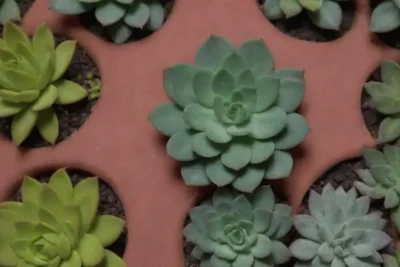
You Must Read